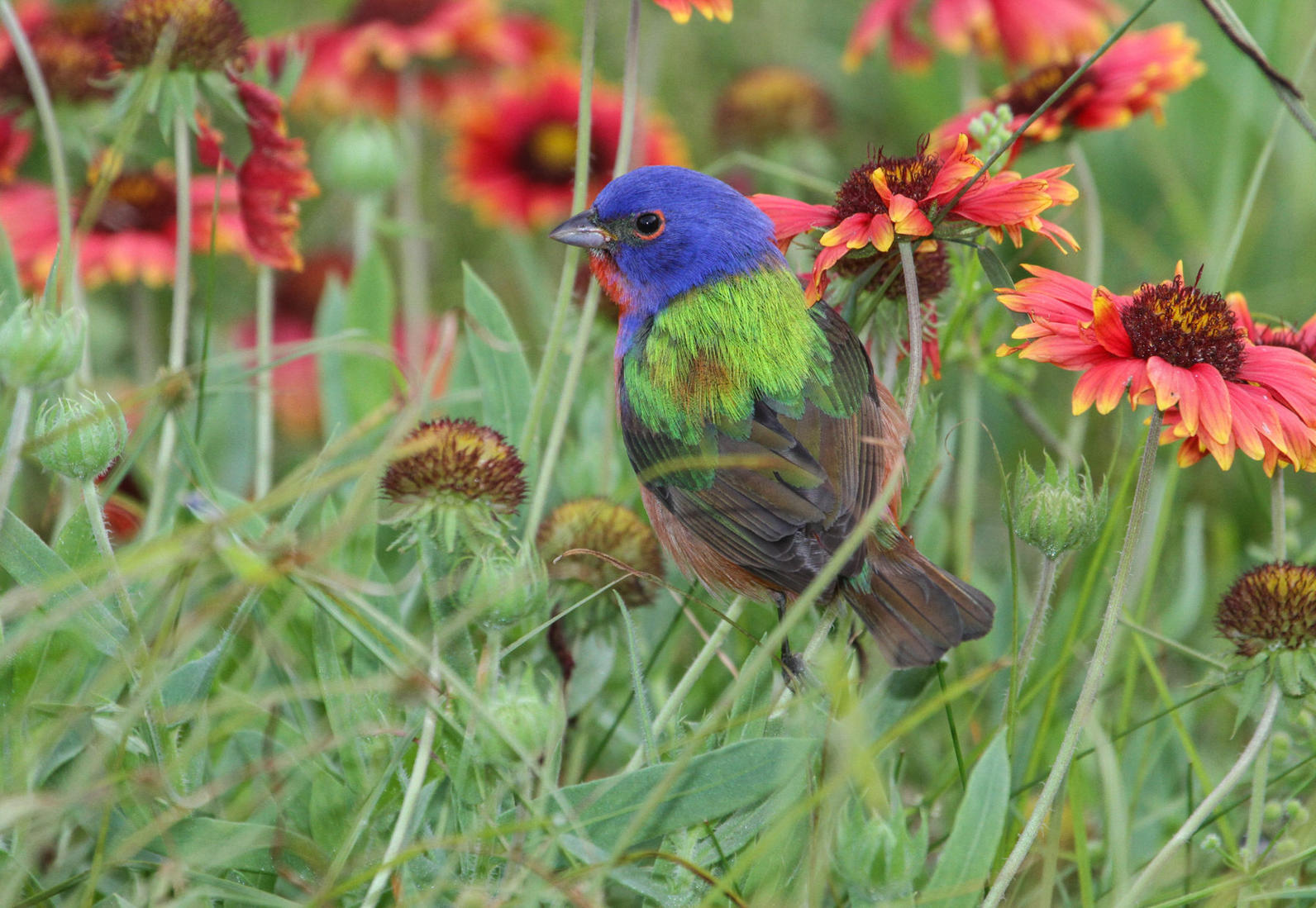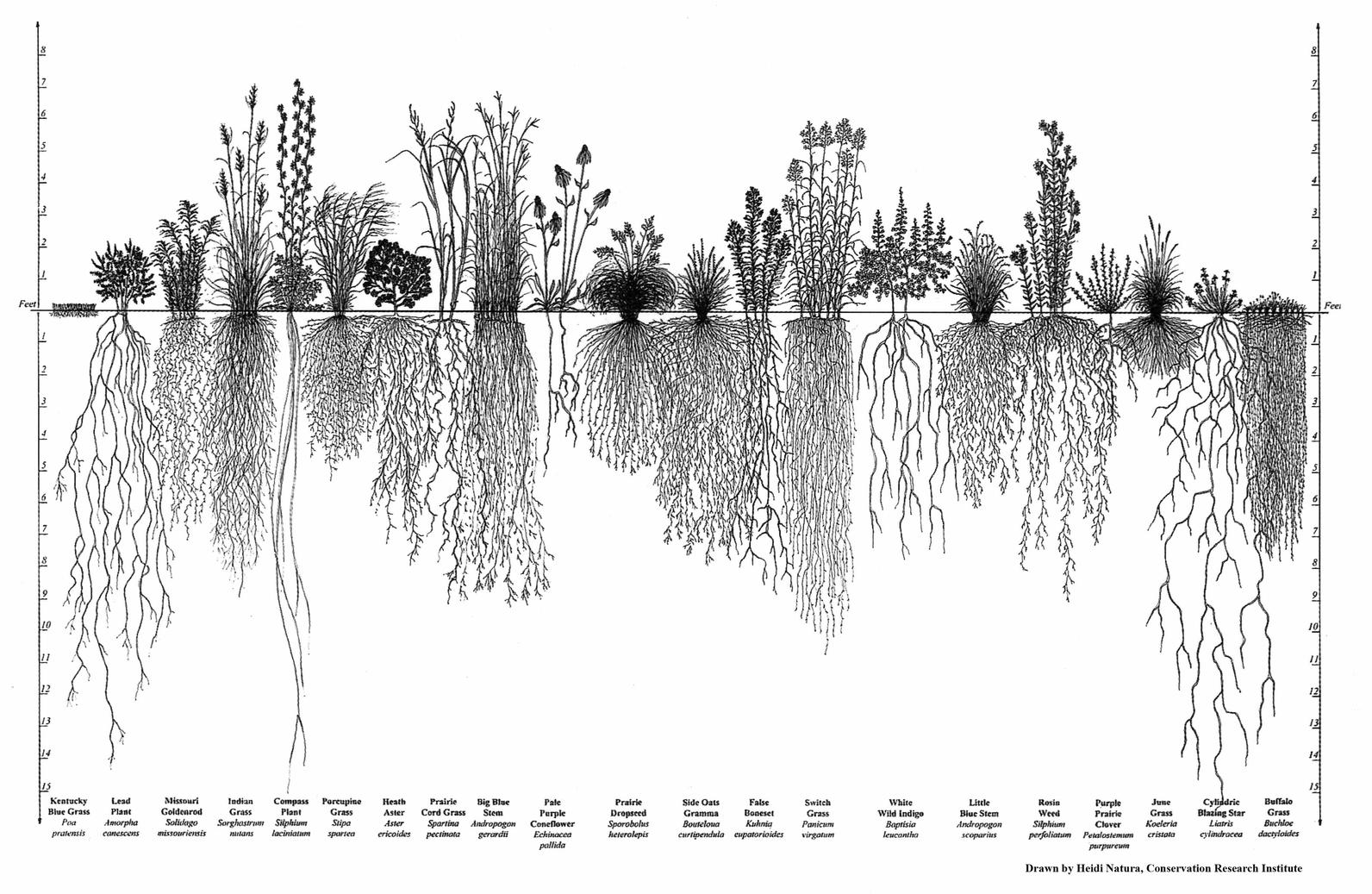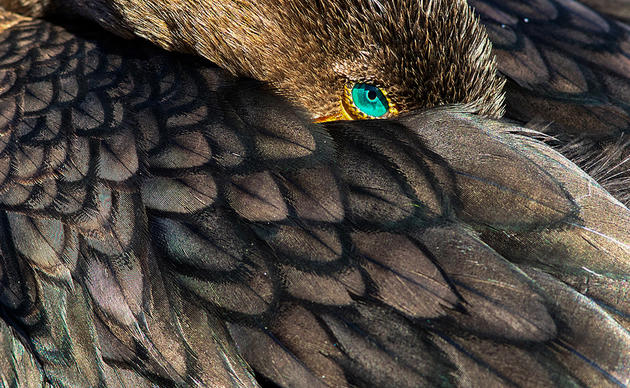Plants For Birds

Ranges for South Carolina’s birds are shrinking and shifting due to climate change. Shrinking ranges are an obvious threat. But even a shift can prove hazardous, introducing birds to new predators and/or eliminating typical food sources.
That's why it's so important to landscape with native plants. Plants indigenous to our region provide just the right smorgasbord of insects, flowers, and berries to help climate-stressed birds become more resilient to changing weather patterns.
Native plants have more subtle benefits too. Their deep root systems – really deep compared to turf grass – restore healthy soils. Healthy soils not only absorb stormwater, providing protection from floods; they also absorb or "sequester" carbon, which actually slows climate change.
So hey — how native is your backyard? In urban and suburban areas, more than 80 percent of plants are exotic species. Cities and suburbs now cover 10 to 15 percent of South Carolina, and growing. If homeowners, developers, and landscapers statewide decided to "go native," we could ensure the survival of literally millions of birds.
So let’s get started . . . yesterday! Check out the beautiful plants that are native to your area. Investigate South Carolina’s native nurseries. And please let us know if there's anything we can do to help you make the switch!
PROJECT CONTACT: Matt Johnson, mgjohnson@audugon.org.

Sanctuaries
Plan a trip to one of Audubon South Carolina's two wildlife sanctuaries in the state.








